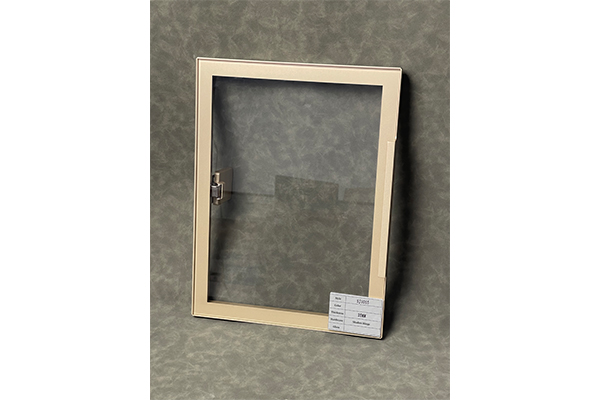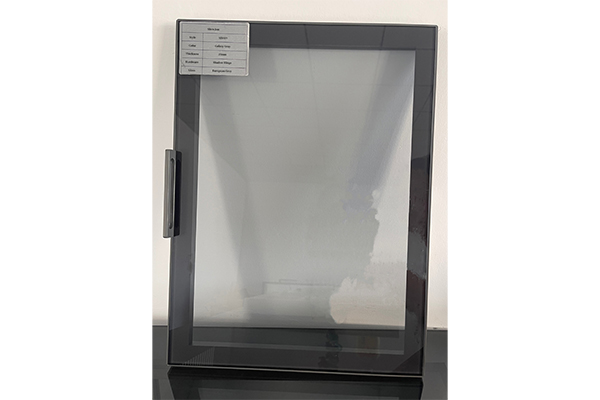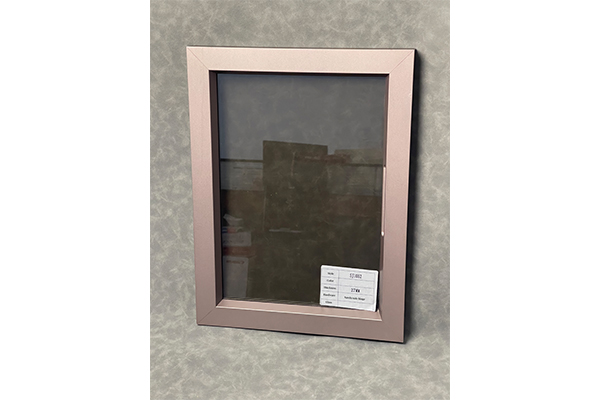How to avoid profile deformation and sealing failure of aluminum frame doors in extreme temperature environments?
Release Time : 2025-09-15
The stability and sealing performance of aluminum frame doors in extreme temperature fluctuations primarily depend on the thermal expansion coefficient of the profile, the rationality of the structural design, and the adaptability of the sealing system. As a metal, aluminum has a high thermal expansion coefficient. When the ambient temperature fluctuates dramatically, the profile will generate internal stress due to thermal expansion and contraction. If the structural design does not provide sufficient expansion space or stress relief channels, the profile may bend, twist, or even crack at the joints. For example, in northern winter, the temperature difference between indoor and outdoor can reach over 50°C. If the aluminum frame door does not utilize thermal insulation, the temperature difference between the inside and outside of the profile will exacerbate the uneven distribution of thermal stress, which can easily lead to deformation over time.
To prevent profile deformation, careful consideration must be given to material selection and structural design. High-quality aluminum alloy profiles should have a uniform wall thickness distribution to avoid localized thinness that can lead to stress concentration. Furthermore, a multi-cavity structural design can enhance the profile's torsional rigidity and reduce deformation caused by temperature fluctuations. Furthermore, thermal insulation technology embeds thermal strips within aluminum profiles to block heat transfer between indoor and outdoor spaces. This not only reduces the temperature difference between the inside and outside of the profile but also mitigates the impact of thermal stress on the structure. For example, PA66+GF25 thermal strips are widely used in high-end aluminum frame doors due to their low thermal expansion coefficient and excellent dimensional stability, effectively improving the profile's resistance to deformation.
The adaptability of the sealing system is key to preventing seal failure. Under extreme temperature fluctuations, traditional sealing strips can easily lose their elasticity or detach from the profile due to thermal expansion and contraction, leading to air leakage and water seepage. Modern aluminum frame doors often use EPDM or silicone rubber sealing strips, which offer excellent weather resistance and elastic recovery, maintaining sealing performance within temperatures ranging from -50°C to 150°C. Furthermore, the design of the sealing strips must closely match the profile structure. For example, a multi-pass sealing design can be used to increase the number of sealing layers to improve airtightness and watertightness. Furthermore, 45-degree joints or specialized corner seals should be used at corners to avoid weak points caused by gaps in the joints.
The installation process significantly impacts the long-term stability of aluminum frame doors. During installation, ensure that the gap between the door frame and the wall is uniform and use elastic filler material (such as polyurethane foam) to accommodate thermal expansion and contraction of the profile while preventing rainwater penetration. Furthermore, the spacing and tightening force of the fixing screws must be strictly controlled to avoid deformation of the profile due to excessive localized stress. For example, reinforced fixings should be used at the four corners of the door frame, and a 1-2mm expansion gap should be reserved to relieve stress caused by temperature fluctuations.
Daily maintenance is crucial to extending the service life of aluminum frame doors. Regularly inspect the integrity of sealing strips and replace them promptly if they show signs of aging or cracking. Avoid using corrosive solvents when cleaning to avoid damaging the profile's surface coating. During periods of extreme temperature fluctuations, adjust the tightness of door and window hardware (such as handles and hinges) to ensure a secure fit between the door leaf and the frame, preventing seal failure due to thermal expansion and contraction.
Technological advancements are providing more solutions for aluminum frame doors to cope with extreme temperature fluctuations. For example, intelligent temperature control systems can monitor indoor and outdoor temperatures through sensors and automatically adjust the ventilation of doors and windows, reducing the impact of temperature fluctuations on the profile. The use of new composite materials, such as aluminum-plastic co-extruded profiles, combines the strength of aluminum alloy with the thermal insulation properties of plastic, further enhancing the overall performance of doors and windows.
The stability and sealing of aluminum frame doors in extreme temperature fluctuations require a multi-faceted approach, including material optimization, structural design, sealing system upgrades, standardized installation procedures, and routine maintenance. With continuous advancements in materials science and manufacturing technology, aluminum frame doors will possess greater environmental adaptability and provide a more reliable protective barrier for buildings.







